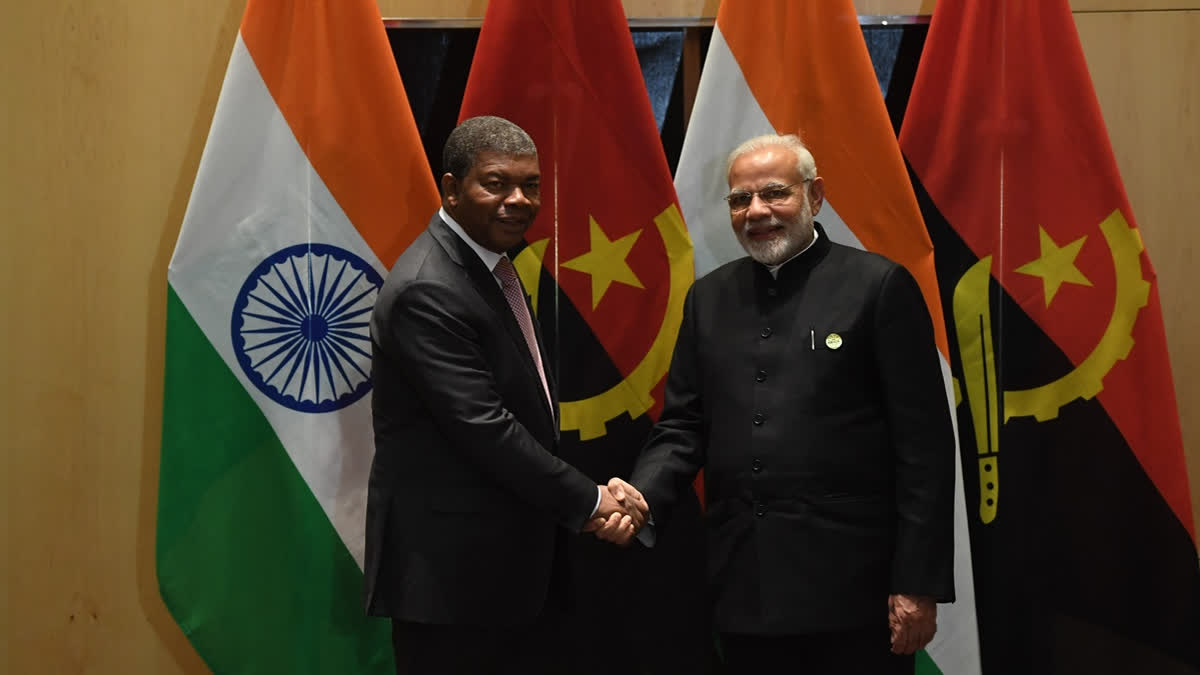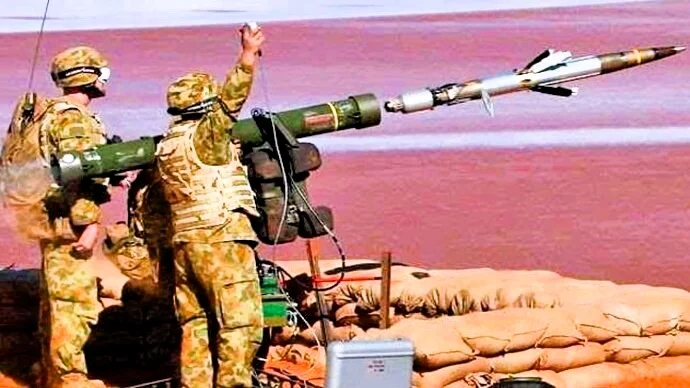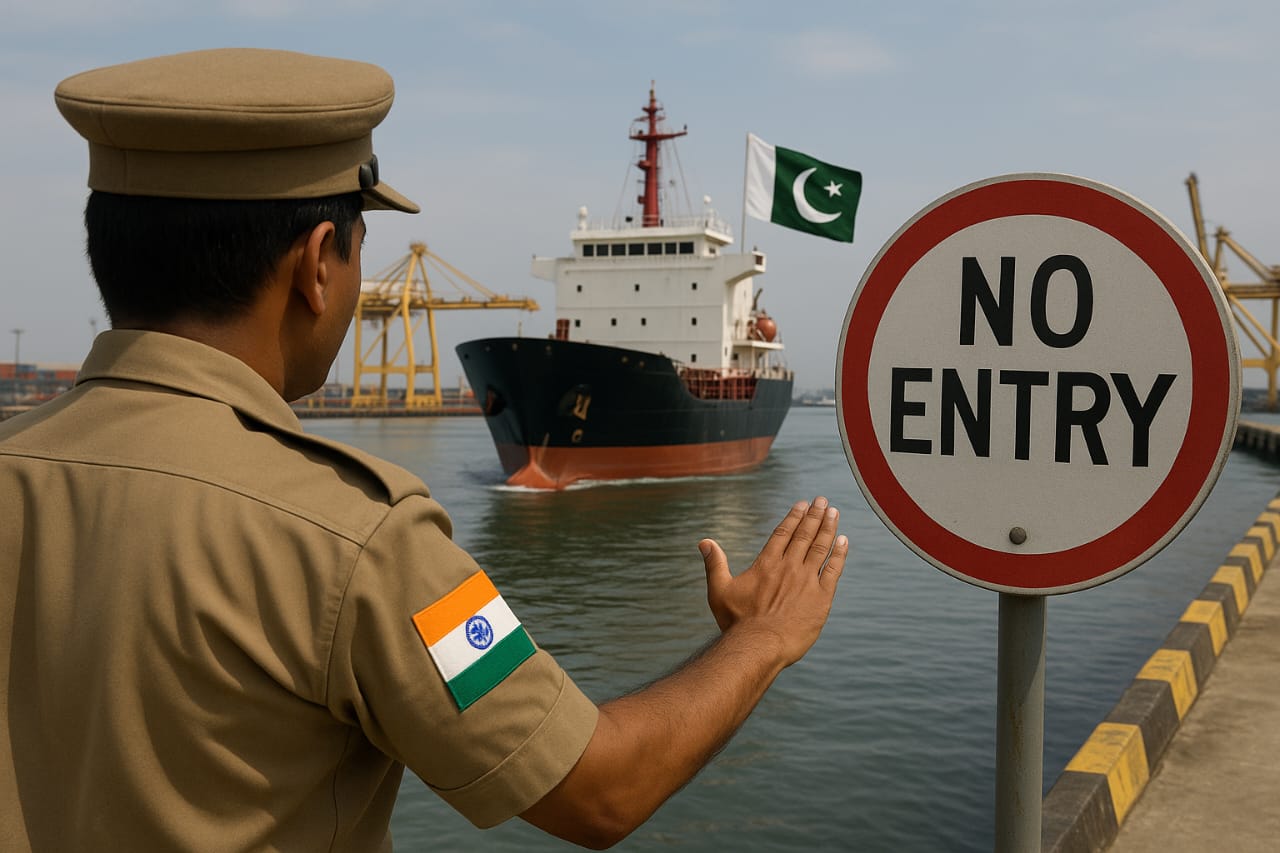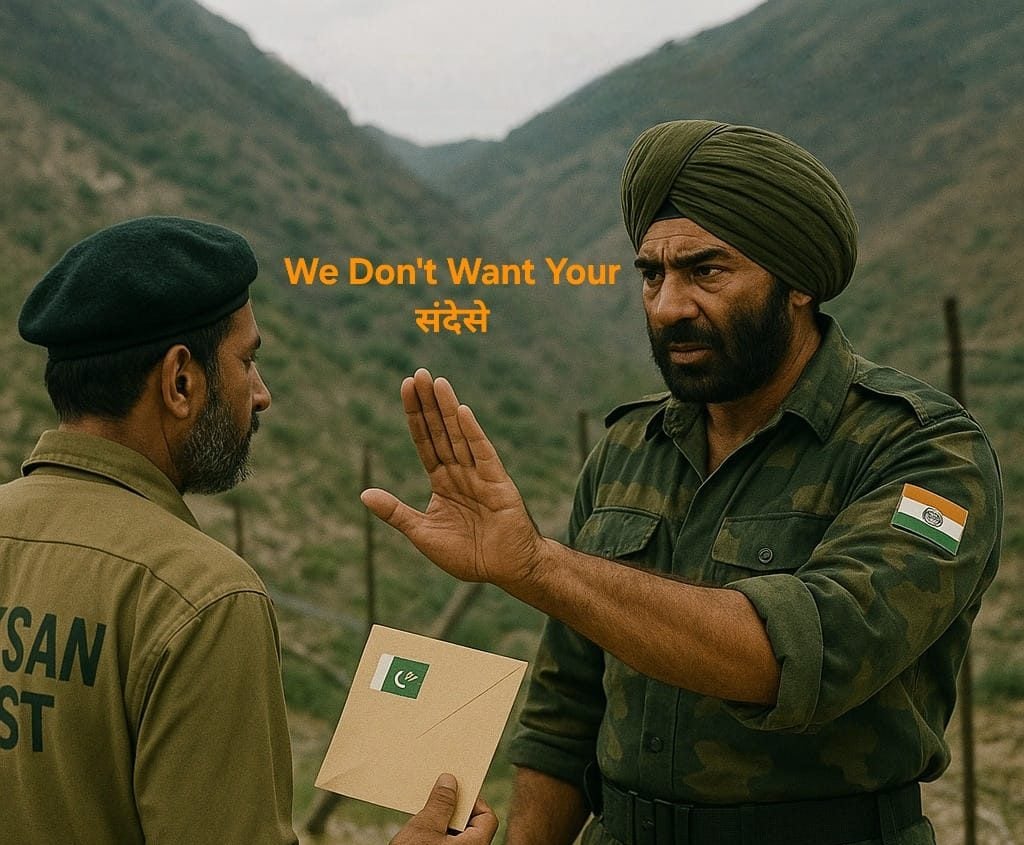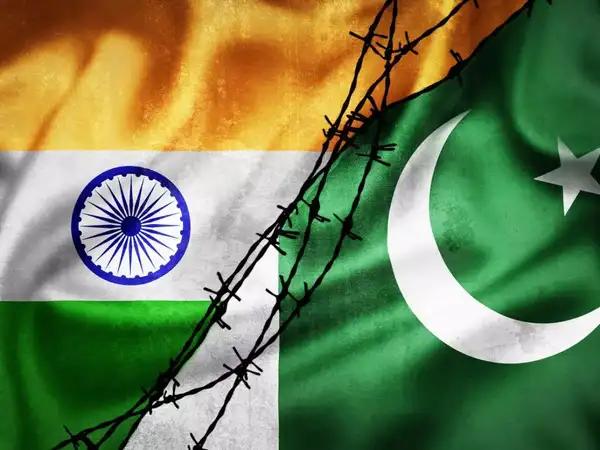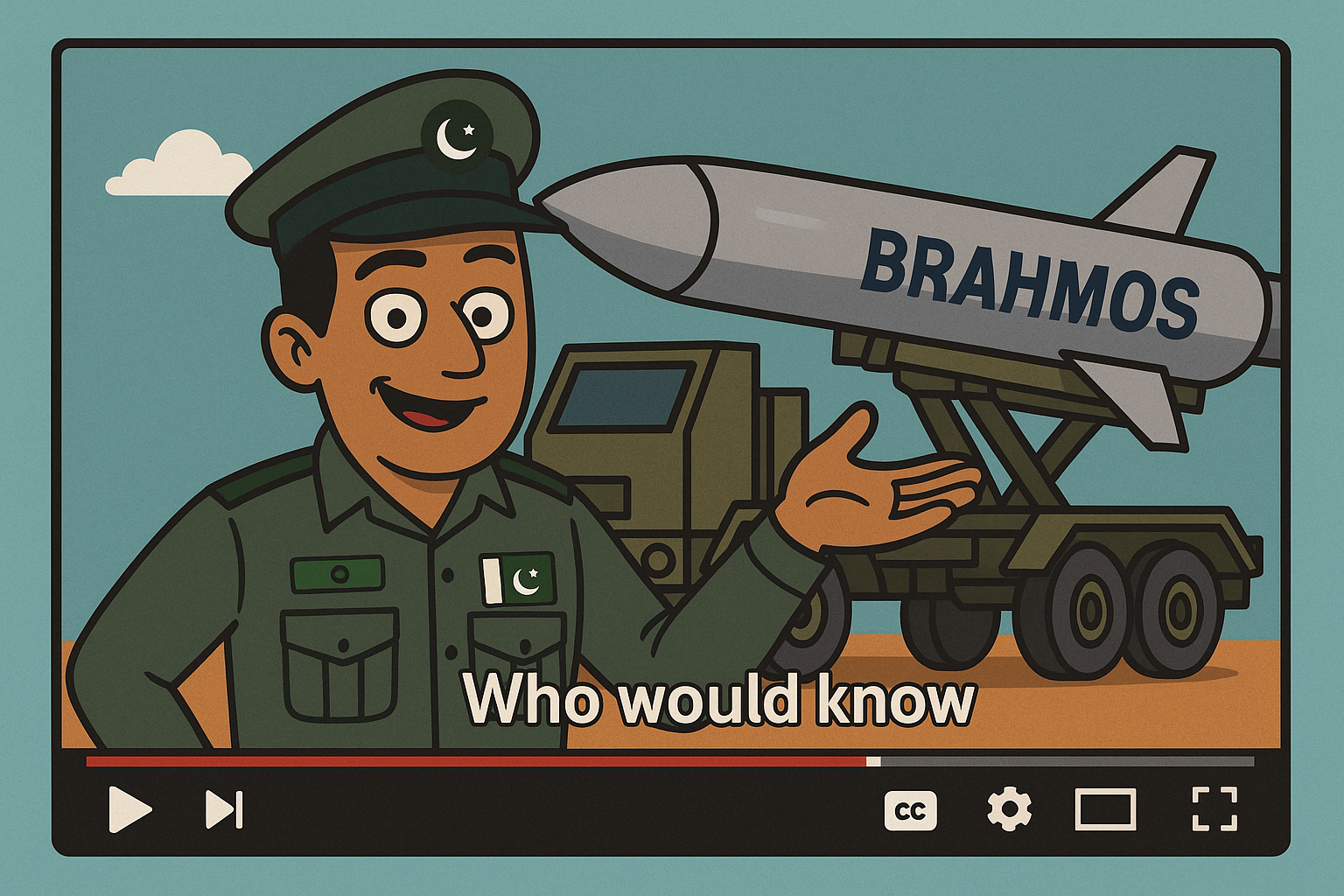India Pledges $200 Million Defence Credit Line to Angola
India has extended a $200 million Defence Line of Credit (LOC) to Angola, marking a major boost in bilateral ties…
Indian Army To Bolster Air Defence with Fresh VSHORADS Procurement
In a significant move to strengthen its tactical air defence shield, the Indian Army has issued a new tender for…
India Imposes Ban on Ships Bearing Pakistan’s Flag from Ports
In a significant move that further strains relations between India and Pakistan, the Indian government has issued a directive prohibiting…
India Suspends All Inbound Mail and Parcel Exchanges with Pakistan
The Government of India has announced the immediate suspension of all inbound mail and parcel exchanges with Pakistan, effective May…
India Bans All Forms of Imports from Pakistan
In a significant move, India has announced a complete ban on the direct and indirect import of all goods from…
Pakistan’s Air Force Falsely Showcases India’s BrahMos Missile in its Inventory
In a move that has sparked outrage and mockery, the Directorate General of Public Relations (DGPR) of the Pakistan Air…

